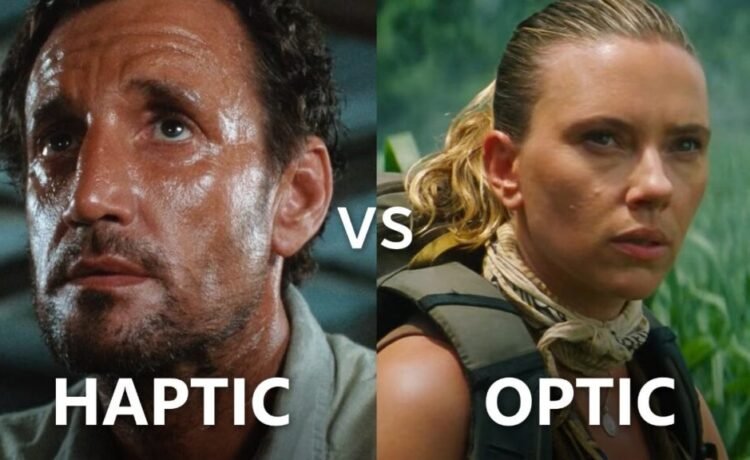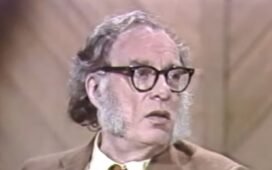Anyone who keeps an eye on Hollywood knows — indeed, has been ever more frequently and anxiously informed — that the theater business is in trouble. If fewer of us than ever have been going out to the movies, one reason must have to do with the easy availability of home streaming, to say nothing of all the proliferating digital distractions precision-engineered to capture our attention. But could it also have to do with a change in the pictures themselves? With more than two million views racked up in just four days, the new Like Stories of Old video essay above ventures an explanation as to “Why Movies Just Don’t Feel ‘Real’ Anymore.”
In recent years, even long, colossally budgeted, and ceaselessly marketed spectacles feel strangely insubstantial on any screen, big or small. The video’s creator Tom van der Linden points to a variety of factors, beginning with a worsening lack of correspondence between the cinematic image and our perception of reality.
One clearly — or rather, readily — noticeable contributing trend is the prevalence of shallow focus, which keeps the characters in the foreground sharp but lets all the details of the background go blurry: not the way we see the real world, unless we misplace our glasses. Because we live in deep focus, deep focus cinematography feels more real to us.
Of course, not every movie can be Lawrence of Arabia. But there was a time when practically all of them did deliver what’s called “haptic visuality,” the word haptic relating to the concept of our sense of touch. Older films have a tangibility about them in large part because the filmmakers had no choice: working only or primarily with analog tools, they could only do so much to detach images from our physical experience. Digital photography, post-production CGI, and now the open abyss of AI have made anything technically possible, though as van der Linden underscores, those technologies by themselves don’t guarantee that the resulting movie won’t feel real. Ultimately, unreality is a choice, and one we moviegoers should hope the industry will stop making — if not for our satisfaction, then for its own survival.
Related Content:
The Dark Knight: Anatomy of a Flawed Action Scene
Why We All Need Subtitles Now
Why Do Wes Anderson Movies Look Like That?
Based in Seoul, Colin Marshall writes and broadcasts on cities, language, and culture. His projects include the Substack newsletter Books on Cities and the book The Stateless City: a Walk through 21st-Century Los Angeles. Follow him on the social network formerly known as Twitter at @colinmarshall.















